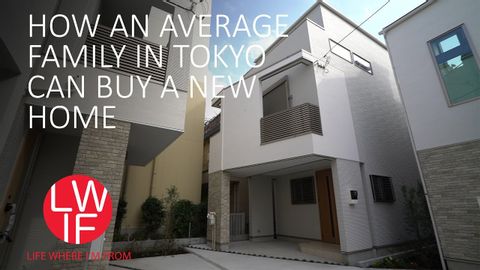
Subtitles & vocabulary
How an Average Family in Tokyo Can Buy a New Home
00
林宜悉 posted on 2020/03/19Save
Video vocabulary
average
US /ˈævərɪdʒ, ˈævrɪdʒ/
・
UK /'ævərɪdʒ/
- Noun (Countable/Uncountable)
- Total of numbers divided by the number of items
- Transitive Verb
- To add numbers then divide by the number of items
A2TOEIC
More reinforce
US /ˌri:ɪnˈfɔ:rs/
・
UK /ˌri:ɪnˈfɔ:s/
- Transitive Verb
- To send more troops/resources to support an army
- To encourage or strengthen an idea or feeling
B2TOEIC
More amount
US /əˈmaʊnt/
・
UK /ə'maʊnt/
- Noun (Countable/Uncountable)
- Quantity of something
- Intransitive Verb
- To add up to a certain figure
A1TOEIC
More roughly
US /ˈrʌflɪ/
・
UK /ˈrʌfli/
- Adverb
- Approximately; (of numbers) about; around
- In a manner that is violent or not careful
B1
More Use Energy
Unlock All Vocabulary
Unlock pronunciation, explanations, and filters
